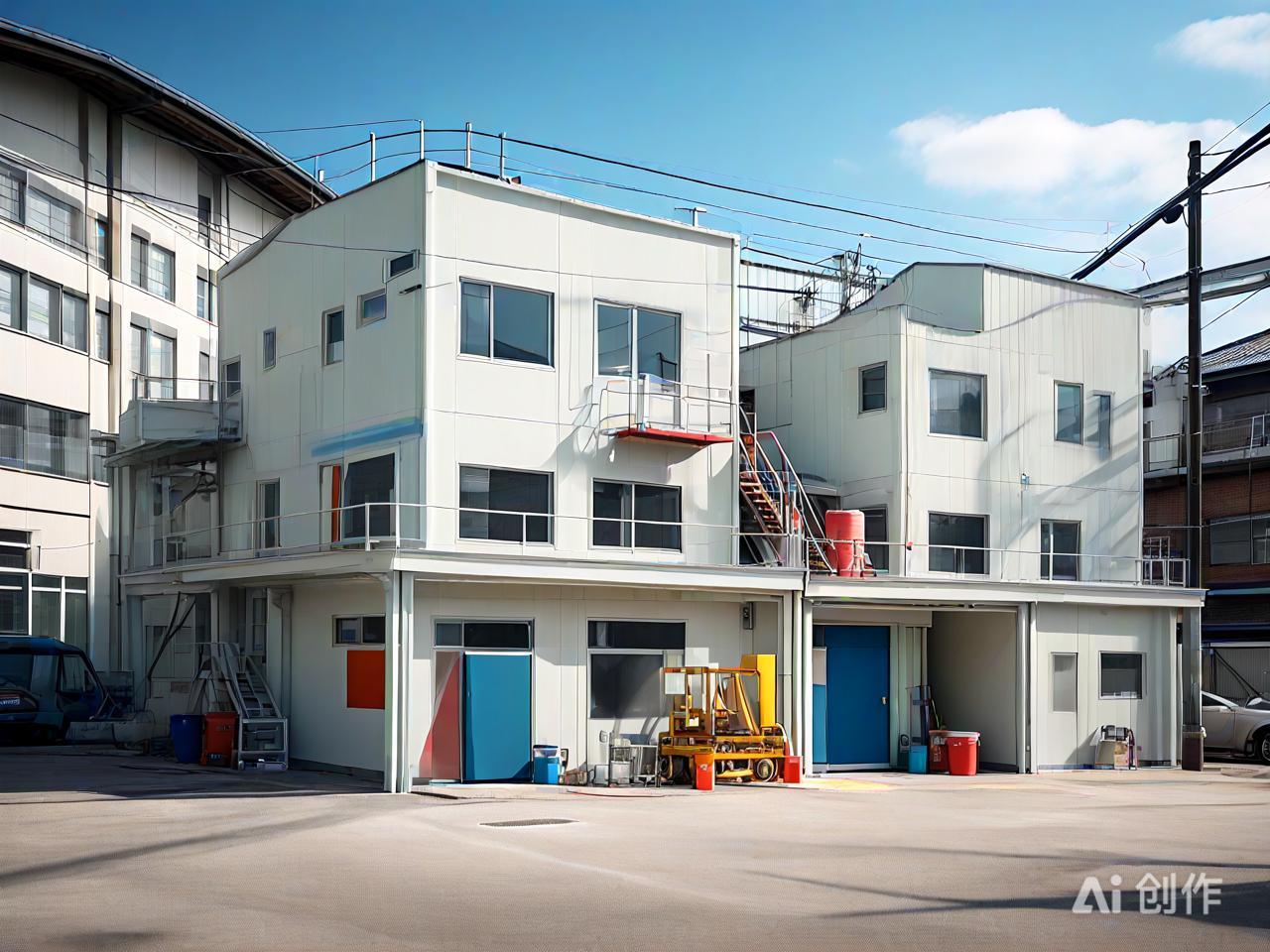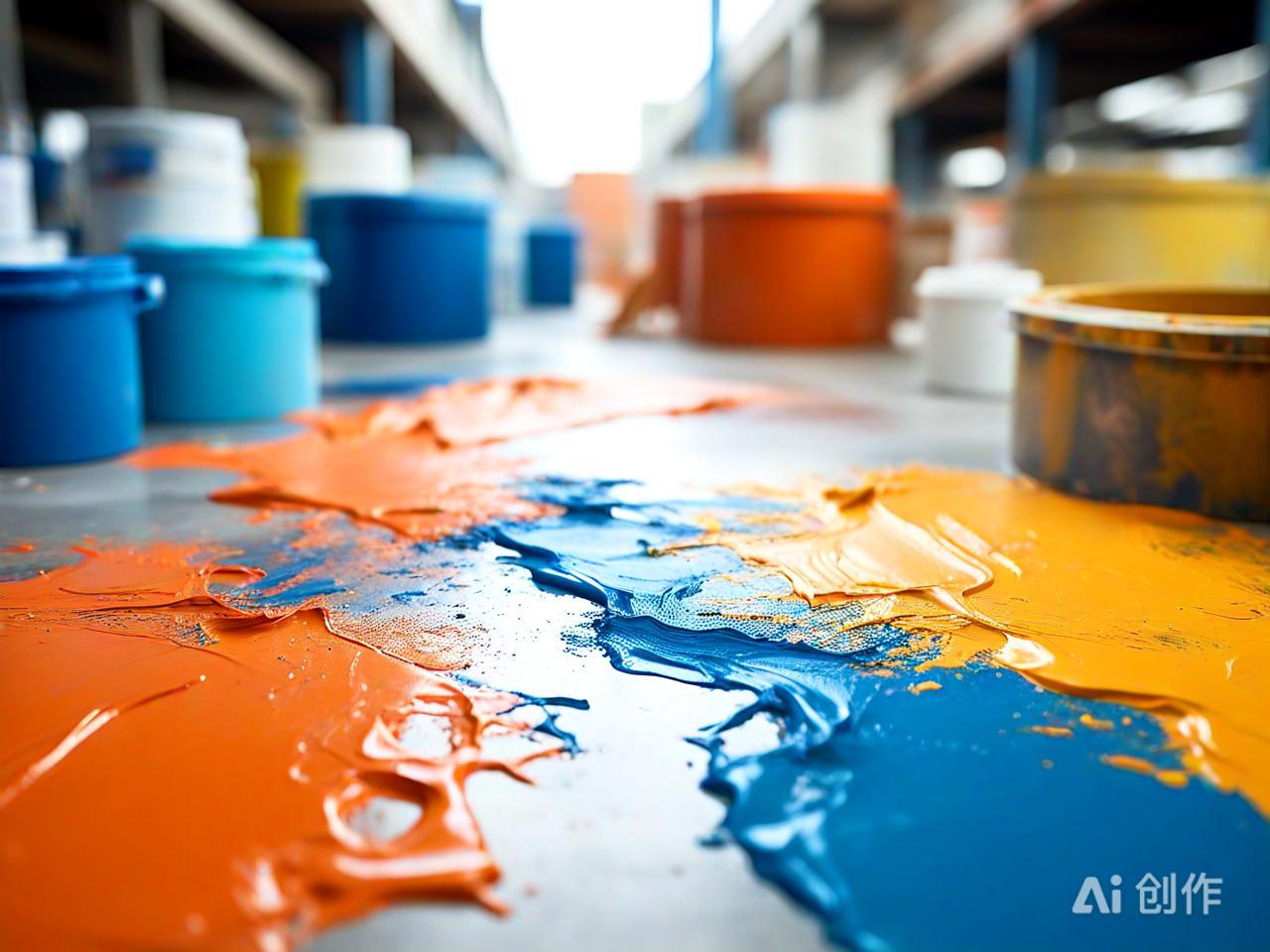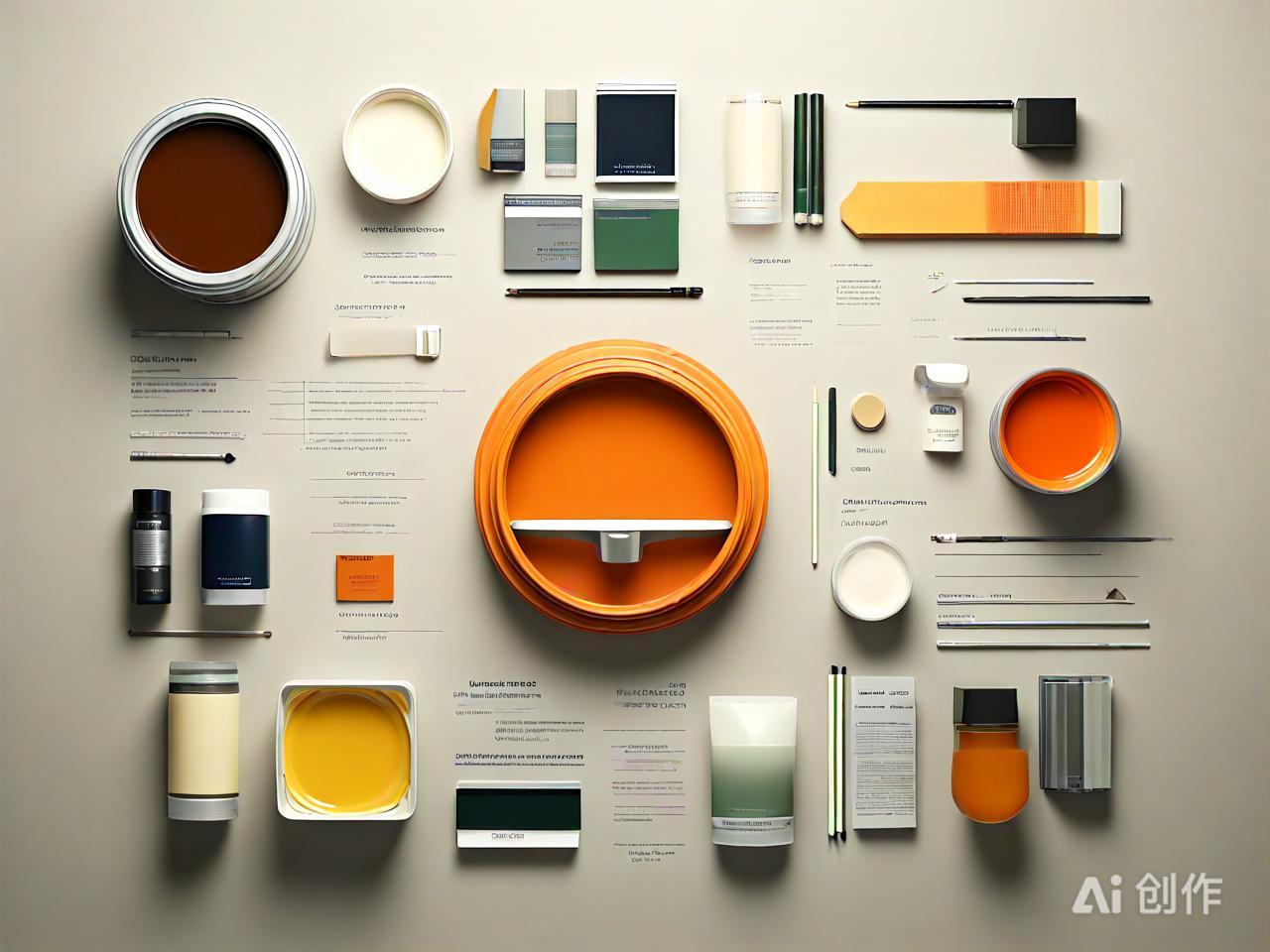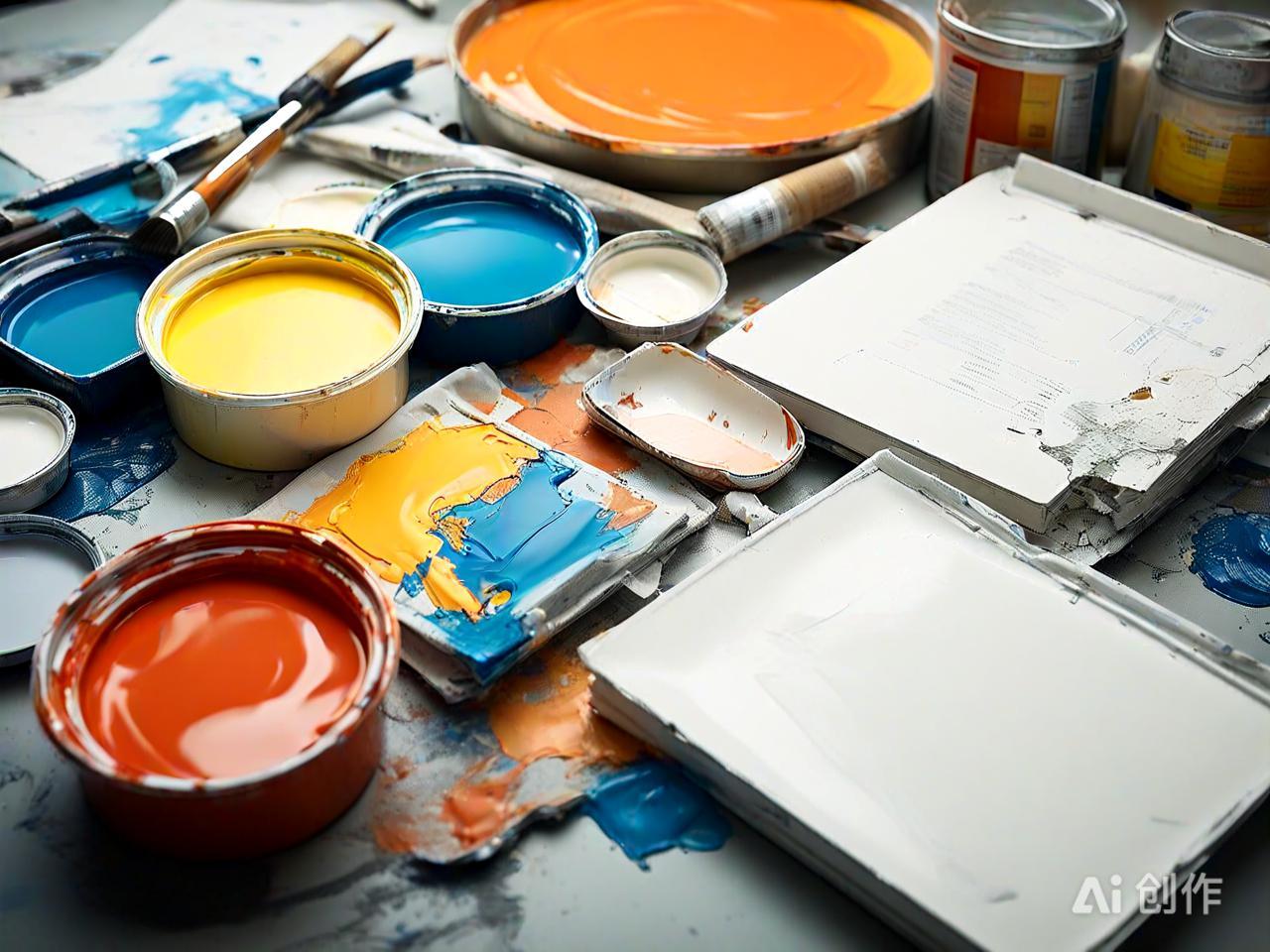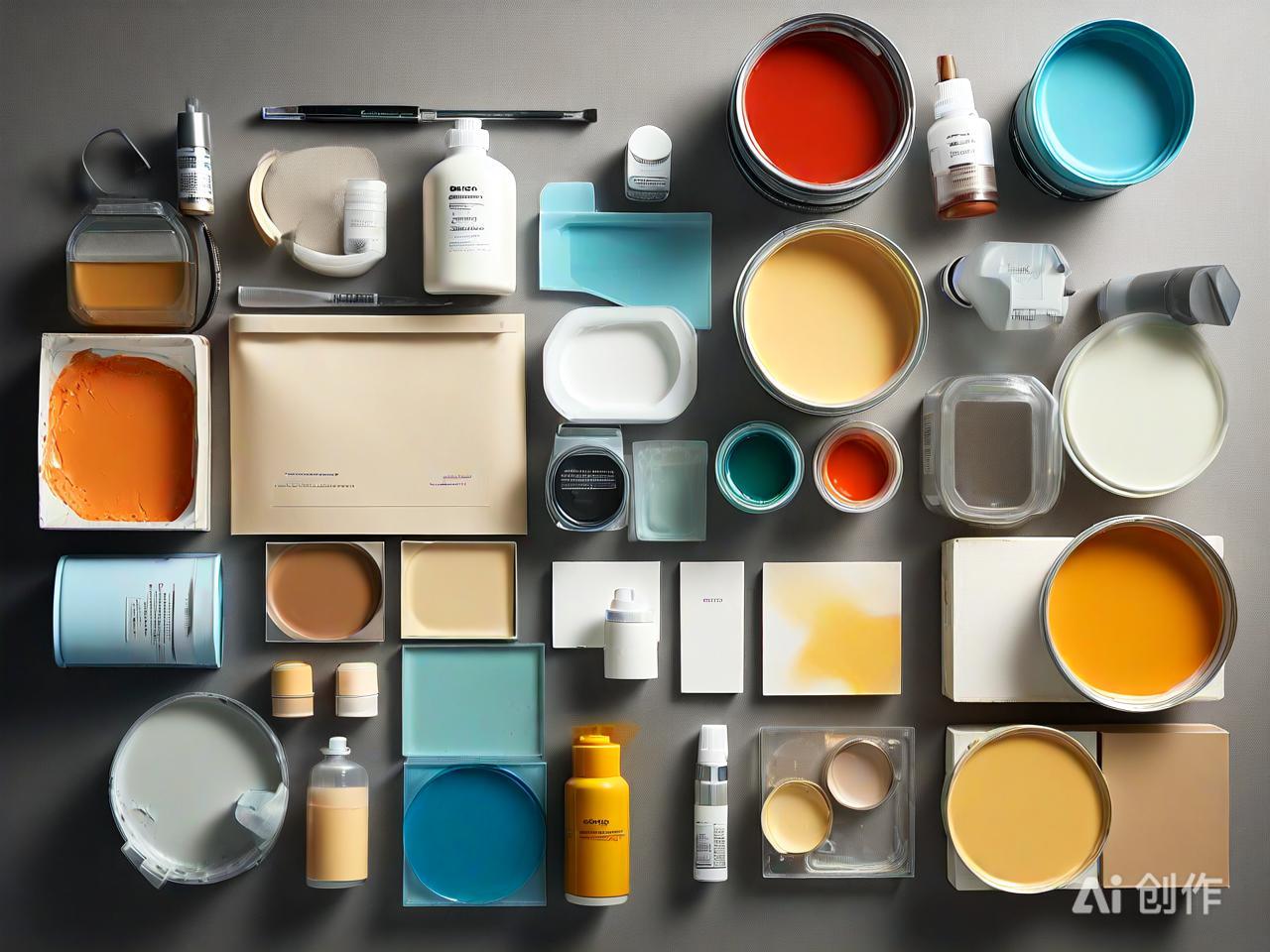Step-by-Step Guide to Applying Anti-Rust Paint on Steel Structures
Applying anti-rust paint to steel structures is essential for preventing corrosion and extending the lifespan of the structure. Proper surface preparation and application techniques are crucial for ensuring the effectiveness of the coating. This guide provides a detailed step-by-step method for applying anti-rust paint to steel structures.
1. Surface Preparation
Proper surface preparation is critical for ensuring good adhesion and performance of the anti-rust paint.
Cleaning:
Method: Remove dirt, grease, oil, and loose particles using methods such as sandblasting, wire brushing, or chemical cleaning.
Standard: ISO 8501 (Preparation of steel substrates before application of paints and related products).
Rust Removal:
Method: Remove rust using mechanical methods (e.g., grinding, sanding) or chemical rust converters.
Standard: SSPC-SP 6 (Commercial Blast Cleaning).
Surface Profile:
Method: Create a suitable surface profile to enhance paint adhesion. Use abrasive blasting to achieve the desired profile.
Standard: ISO 8503 (Surface roughness characteristics of blast-cleaned steel substrates).
Priming:
Method: Apply a suitable primer to enhance adhesion and provide a uniform base for the anti-rust paint.
Standard: ASTM D3322 (Standard Practice for Measurement of Dry Film Thickness of Thin Film Coil-Coated Systems).
2. Selection of Anti-Rust Paint
Choose the appropriate anti-rust paint based on the specific requirements of the steel structure and the environmental conditions.
Types of Anti-Rust Paint:
Epoxy Coatings: Provide excellent adhesion and chemical resistance.
Alkyd Coatings: Offer good durability and ease of application.
Zinc-Rich Primers: Provide cathodic protection to the steel substrate.
Polyurethane Coatings: Offer UV resistance and a high-gloss finish.
Considerations:
Environmental Conditions: Consider factors such as humidity, temperature, and exposure to chemicals or UV radiation.
Substrate Compatibility: Ensure the paint is compatible with the steel substrate and any existing coatings.
3. Application Methods
Anti-rust paint can be applied using various methods, depending on the surface and project requirements.
Brush Application:
Tools: Use a high-quality synthetic brush.
Technique: Apply the paint in smooth, even strokes, working in one direction to avoid streaks.
Advantages: Ideal for small areas, edges, and detailed work.
Roller Application:
Tools: Use a roller with a medium nap for smooth surfaces or a high nap for textured surfaces.
Technique: Roll the paint evenly in a crisscross pattern to ensure complete coverage.
Advantages: Suitable for larger, flat areas.
Spray Application:
Equipment: Use an airless spray gun.
Technique: Hold the spray gun at a consistent distance (typically 12-18 inches) and move it in a steady, overlapping pattern.
Advantages: Efficient for large areas and complex shapes.
4. Applying the Anti-Rust Paint
Follow these steps for effective application:
First Coat:
Method: Apply the first coat evenly, ensuring complete coverage. Follow the manufacturer’s recommended thickness.
Drying Time: Allow the first coat to dry completely before applying the next coat. Drying time can vary based on temperature and humidity.
Subsequent Coats:
Method: Apply additional coats as needed to achieve the required thickness and protection. Ensure each coat is dry before applying the next.
Thickness Measurement: Use a wet film thickness gauge to measure the coating thickness during application.
5. Quality Control
Ensuring the quality of the application is critical for the effectiveness of the anti-rust paint.
Thickness Measurement:
Method: Use a dry film thickness (DFT) gauge to measure the final thickness.
Standard: ASTM D7091 (Standard Practice for Nondestructive Measurement of Dry Film Thickness of Nonmagnetic Coatings).
Adhesion Test:
Method: Perform adhesion tests using methods such as cross-cut testing or pull-off testing.
Standard: ASTM D3359 (Standard Test Methods for Rating Adhesion by Tape Test).
Surface Appearance:
Method: Visually inspect the coating for uniformity, smoothness, and absence of defects such as cracks, bubbles, or peeling.
Standard: ISO 4628 (Paints and varnishes – Evaluation of degradation of coatings).
6. Curing and Drying
Proper curing ensures the coating achieves its full performance potential.
Curing Time:
Method: Allow the coating to cure fully before exposing it to environmental conditions. Follow the manufacturer’s guidelines for curing time.
Conditions: Maintain controlled temperature and humidity during curing.
Protection:
Method: Protect the coated surface from rain, dust, and foot traffic during the curing period.
7. Maintenance and Inspection
Regular maintenance and inspection are essential to maintain the effectiveness of the anti-rust paint.
Regular Inspection:
Method: Periodically inspect the coated surfaces for signs of wear, damage, or corrosion. Address any issues promptly.
Standard: ISO 12944 (Paints and varnishes – Corrosion protection of steel structures by protective paint systems).
Cleaning:
Method: Clean the coated surfaces regularly to remove dirt and debris that can affect the coating’s performance.
Recoating:
Method: Recoat the surfaces as needed, following the manufacturer’s recommendations. Regular recoating ensures continuous protection and extends the coating’s lifespan.
Conclusion
Applying anti-rust paint to steel structures is a critical step in preventing corrosion and ensuring the longevity of the structure. By following proper surface preparation, application techniques, and maintenance practices, you can achieve effective and long-lasting protection. Invest in high-quality anti-rust paint and professional application to safeguard your steel structures and maintain their performance.
